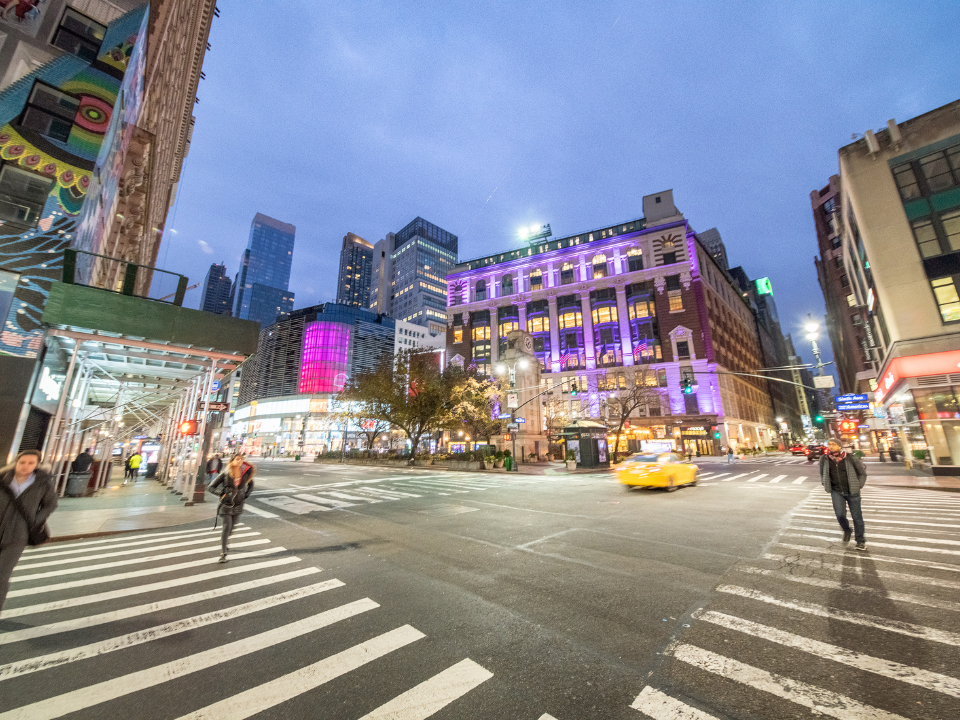- Macy’s Inc. closed 30% of traditional stores and expanded its small-format model, helping attract a wider demographic of shoppers.
- Bloomingdale’s foot traffic has also shot up in 2024, especially in high-income areas, positioning the brand for a strong holiday season.
- Macy’s locations saw slower foot traffic early in 2024 but recovered by mid-year, driven by back-to-school shopping and promotions.
Macy’s Inc. (M), the parent company of both Macy’s and Bloomingdale’s, is gearing up for a successful holiday season in 2024, as reported by Globest.
Positive Restructuring
In 2023, Macy’s Inc. embarked on a major restructuring effort, closing a significant number of its traditional department store locations. At the same time, the company expanded its small-format model, a move designed to appeal to a broader range of shoppers.
This shift has proven effective, with both Macy’s and Bloomingdale’s seeing increased foot traffic in the first half of 2024 even as 30% of their traditional stores were closed.
Bloomingdale’s, in particular, has benefited from these changes, with foot traffic at its high-end retail locations rising significantly. Although the chain saw three periods of decline in early 2024, they were largely attributed to externalities, like inclement weather in January and a shorter month in April.
In fact, despite a 1.5% dip in foot traffic in July, Bloomingdale’s still attracted more visitors than it did in 2023, highlighting the brand’s resilience and growing appeal.
Signs of Recovery
Macy’s locations faced a slower start to 2024, with foot traffic lagging behind 2023 levels through April. But, according to a recent analysis by Placer.ai, recent restructuring has positioned both Macy’s and Bloomingdale’s to capitalize on the upcoming holiday shopping surge.
Indeed, the brand managed to close the gap by May and June, eventually surpassing its 2023 performance. July’s uptick in foot traffic was largely driven by back-to-school shopping, showcasing the brand’s ability to rally during key retail periods.
This recovery is particularly notable given that Macy’s serves a more price-sensitive customer base compared to Bloomingdale’s. Macy’s shoppers come from areas with a median household income of $82.4K, slightly above the national average of $76.1K.
This demographic may be more impacted by inflationary pressures, making Macy’s ability to boost foot traffic despite these challenges a testament to the effectiveness of its revitalization strategy.
Covering All Bases
A key component of Macy’s strategy has been the expansion of its small-format stores. These locations cater to shoppers from areas with a median household income of $78.5K, just above the national average.
By increasing its presence in these markets, Macy’s aims to draw more middle-income shoppers who may be looking for convenient, affordable shopping options.
Bloomingdale’s, on the other hand, continues to target affluent shoppers, with visitors coming from areas with a median household income of $122K—significantly higher than both Macy’s shoppers and the national average.
This positioning helps Bloomingdale’s maintain its appeal among luxury shoppers, even as it expands its footprint.
















